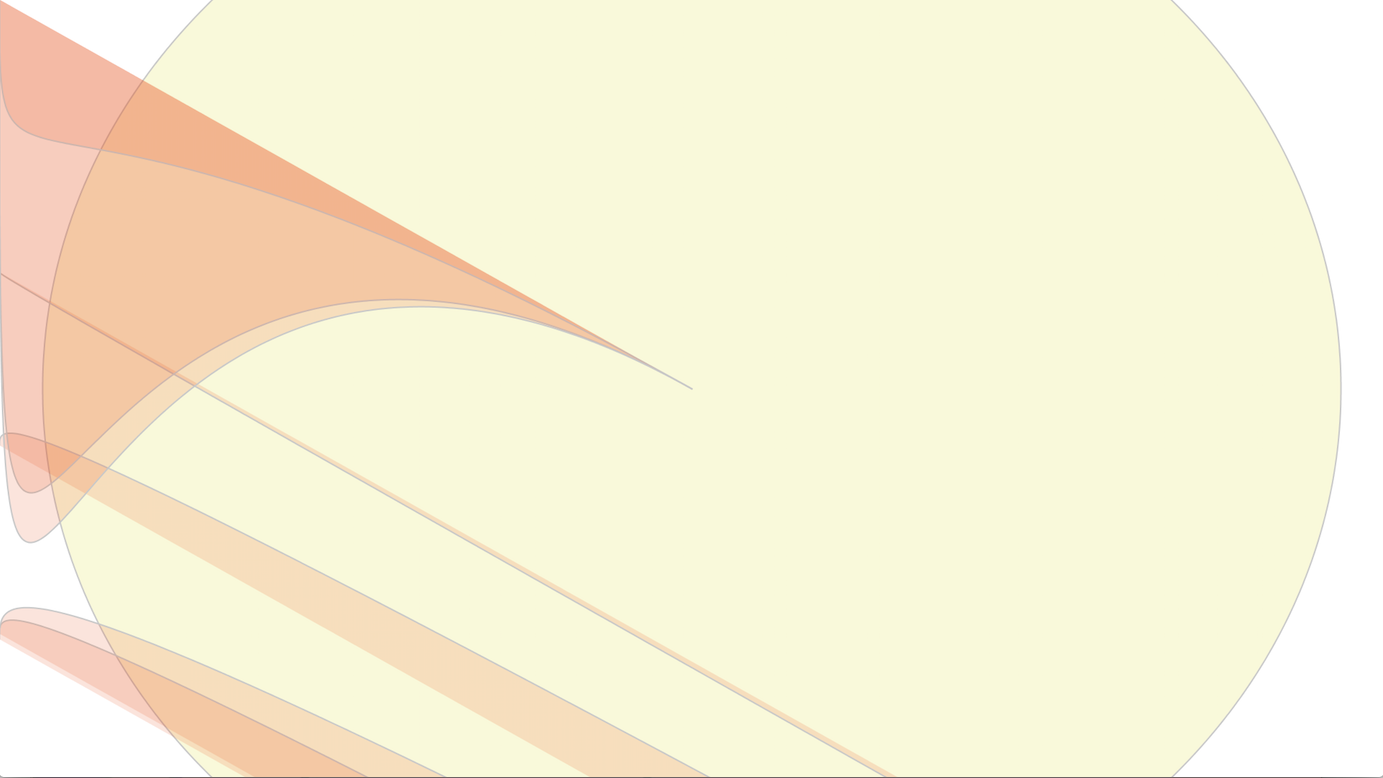Geometric Movements
Materializing movement through an abstract geometric approach, using processing to create a generative cumulative artwork.
produced by: Jana Velinova
Materializing Movement
Originally I decided to make a materialization of movement. In class, I explained my ideas to Lior and that I had come up with two possible solutions to this task. One: create an image that captures the fluidity of movement on a human body as well as the leftover vibrations of that movement in space to show an impression of flow as an attempt to capture motion. And two: use Laban notation to create a generative work by first sketching a notation of one of my choreographies into processing and then setting the computer to build on that, letting the image develop as a dialogue between myself and the computer. In the interest of time management, I ultimately narrowed my focus down to my first solution but I am looking forward to exploring the second idea deeper in the future.
Concept:
Using processing I aimed to echo the work I have done as a dancer for the Loie Fuller dance company in New York by choreographer Jody Sperling, because of the fluidity and vibration in the movement style.
Background Research:
Loie Fuller is considered by some as the first ever multi-media artist starting to incorporate lighting into her performances in 1880 alongside the invention of electricity itself in 1879.
Fuller combined her lighting designs with a silk gown with extended arms creating what some scholars have called a type of moving screen. The long-armed movements made in one of these costumes opens up a screen between the torso and the end of the arm where Fuller projected images or colors and revealed them to the viewer while she danced.
In live performance, Peggy Phelan has said, that movement appears only by its disappearance, that the act of striking one's arm through the air becomes visible to us only because it is disappearing, therefore there is nothing material left behind. The use of time in live versus computerized performance is different. In a live show time is linear but in a computer image, there can be a visible trace, something left behind from the past on the paper or screen now.The question I tried to address was, what would it look like if I could see a cumulative leftover trace of movement as a final image?
Technical:
My goal was to use the stroke action of the arm I have done many times while wearing the Loie Fuller costume as inspiration and translate it to the stroke done by the computer. I drew on the work of Lise Hansen and Andrew Morrison in their 2014 article Materializing Movement-Design for Movement-based Digital Interaction where they "suggest that for interaction design, movement may be parsed by Velocity, Position, Repetition, and Frequency." I used these properties for the code which has a flashing color and a stroke from two bezier's as arms repetitively moving in the same position creating a cumulative generative image. The code has variables using Sin to make the transitions between the colors smooth and leave a trace of movement.
References:
The New Yorker: A film about Luie Fuller's Art Nouveau Dances:
https://www.newyorker.com/magazine/2017/12/11/a-film-about-loie-fullers-art-nouveau-dances
Materializing Movement-Design for Movement-based Digital Interaction:
Dance Heritage, Loie Fuller http://www.danceheritage.org/fuller.html
Sketch 9 by Jessica Beshears https://www.openprocessing.org/sketch/431330
Bezier trace 04 by Ployminoes https://www.openprocessing.org/sketch/470009
































































